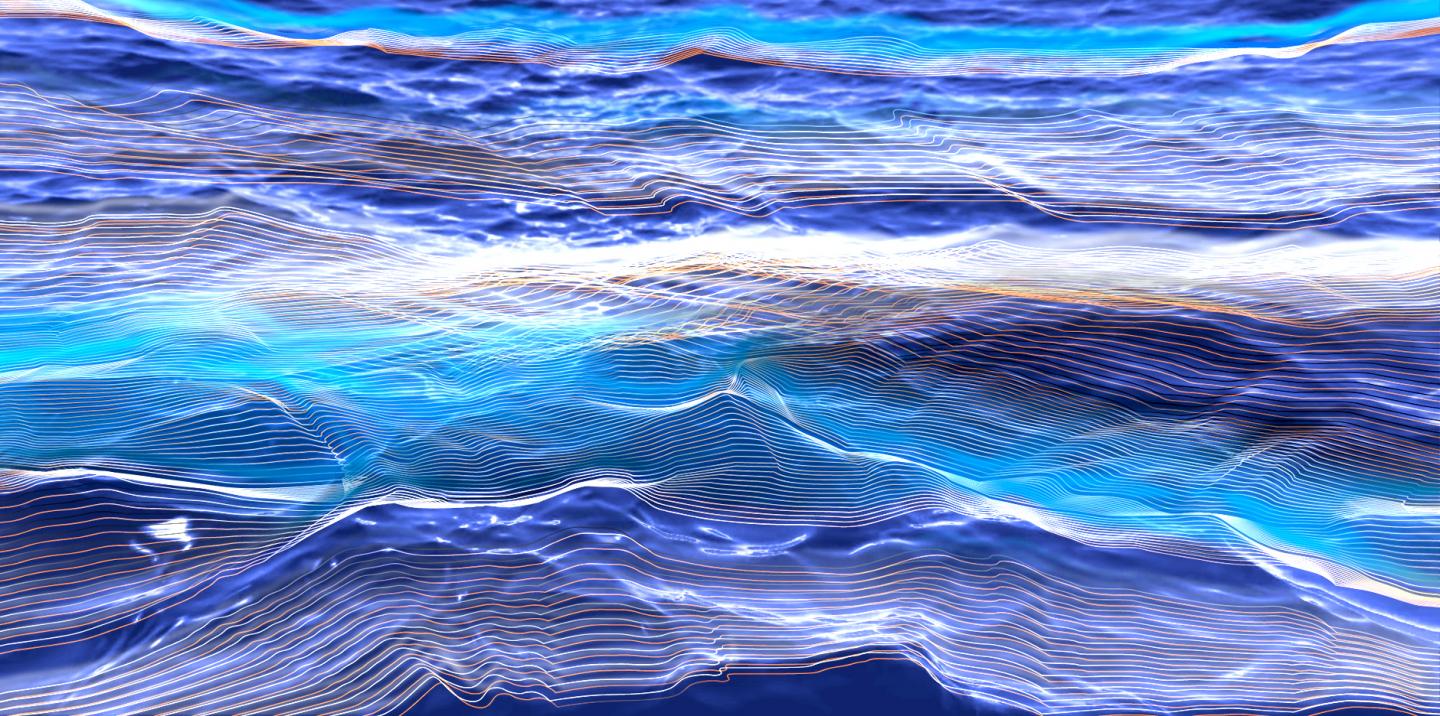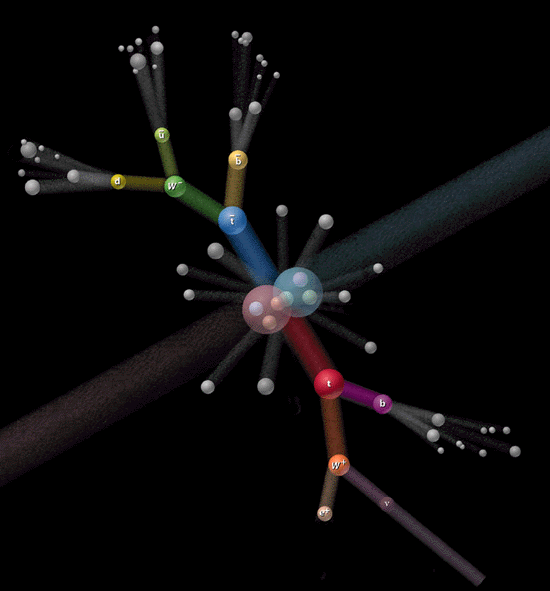Wood has been a mainstay of human machines and construction for millennia. Its physical properties offer capabilities that are unmatched by almost any synthetic replacements. However, it has only very rarely been used in space. That might change based on the results of a new test run by Japan’s Space Agency (JAXA). LignoSat, one of the world’s first wooden satellites, was deployed from the ISS in December.
Continue reading “Astronauts Deploy the First Wooden Satellite into Orbit”Dormancy Could Be One of the Keys to Life on Earth (and Beyond)
It’s easy to forget that, despite life having existed on Earth for billions of years and despite our relatively carefree existence from total destruction, throughout history there have been events that wiped out nearly everything! Fortunately for many life forms, they have the ability to go dormant and enter a state of reversible, reduced metabolic activity. In this state they are protected from decay and can survive long harsh periods where life would otherwise not survive. Is it just possible therefore that dormancy could also allow life to survive on other worlds like Mars or Venus?
The Wavey Reality Behind the Uncertainty Principle

It’s turns out that you don’t need a high-powered quantum experiment to observe Heisenberg’s uncertainty Principle. You just need to go the beach.
Continue reading “The Wavey Reality Behind the Uncertainty Principle”BepiColombo Just Completed its Sixth Flyby of Mercury. Here are the Best Images
It’s not unusual for space probes to complete gravitational flyby manoeuvres en route to their destination. It’s a bit more unusual when the flyby is at the destination planet. ESA’s BepiColombo spacecraft is manoeuvring around Mercury into its final orbit. With each flyby it gets closer and closer and closer until its finally captured by Mercury’s gravity in 2026. During the latest flyby, stunning images of the nearest planet to the Sun were captured from just a few hundred km. Checkout the best and most stunning images of Mercury yet.
Planets Can Form in Even the Harshest Conditions

According to the most widely held astronomical model (the Nebular Hypothesis), new stars are born from massive clouds of dust and gas (aka. a nebula) that experience gravitational collapse. The remaining dust and gas form a protoplanetary disk that encircles the new star, which slowly accretes to form systems of planets. For the past decade, astronomers have relied on the Atacama Large Millimeter/submillimeter Array (ALMA) in Chile to study young stars and their disks and learn more about how this process occurs.
In a recent study, an international team of astronomers used ALMA to capture high-resolution images of eight protoplanetary disks in the Sigma Orionis cluster, a group of stars located in the constellation Orion. During their observations, the team found evidence of gaps and rings in most of the disks, which are potential indications that giant planets are forming. This was surprising, seeing as how these disks are irradiated by intense ultraviolet (UV) radiation from a massive star in the cluster. Their findings suggest that planet formation can occur in conditions that were previously thought to be inhospitable.
Continue reading “Planets Can Form in Even the Harshest Conditions”Could We Detect Advanced Civilisations by their Industrial Pollution? Probably Not.

The hunt for aliens goes hand in hand with the hunt for habitable planets. Astronomers are on the hunt for exoplanets with atmospheric chemicals that could be a sign of an advanced civilisation. These chemicals, known as technosignatures are found on Earth and are the result of burning fossil fuels. A team of researchers have been exploring Polycyclic Aromatic Hydrocarbons and whether they could detect them.
Continue reading “Could We Detect Advanced Civilisations by their Industrial Pollution? Probably Not.”Protecting Computers from Space Radiation
Computers are an integral part of space exploration, keeping them functioning when away from Earth. The space environment however is a far from ideal environment for them to operate in. High energy particles can even flip memory bits effecting storage and damaging the computers. NASA are now testing a Radiation Tolerant Computer (RadPC) which has been designed to handle higher levels of radiation. It’s inaugural flight is booked on a trip to the Moon as part of the Firefly Aerospace Blue Ghost 1 Lunar Lander.
Continue reading “Protecting Computers from Space Radiation”NASA is Sending a Vacuum Cleaner to the Moon

By the end of this decade, NASA, the Chinese National Space Agency (CNSA), Roscosmos, and other space agencies plan to establish a sustained human presence on the Moon. A crucial aspect of these plans is using local resources (particularly water) to lessen dependence on Earth, a process known as in-situ resource utilization (ISRU). Hence why NASA plans to establish a base of operations around the lunar south pole, a heavily cratered region where water ice exists in abundance in permanently shadowed regions (PSRs).
To harvest water ice and other resources successfully, NASA is investing in technologies that will enable cost-effective sample collection, in-situ testing (with or without astronaut oversight), and real-time data transmission to Earth. One such technology is the Lunar PlanetVac (LPV), a sample acquisition and delivery system designed to collect and transfer lunar regolith to sample containers without reliance on gravity. The LPV is one of 10 payloads that will be flown to the lunar surface as part of NASA’s Commercial Lunar Payload Services (CLPS) program.
Continue reading “NASA is Sending a Vacuum Cleaner to the Moon”Is There a Fifth Force of Nature?
Could a new, fifth force of nature provide some answers to our biggest questions about dark matter and dark energy? We’re working on it.
Continue reading “Is There a Fifth Force of Nature?”It's Time for Sustainable Development Goal for Space

In 2015, the United Nations adopted the 2030 Agenda for Sustainable Development—the Sustainable Development Goals (SDGs)—a universal call to action to protect the planet for future generations and ensure that all people will enjoy peace and prosperity. These 17 goals included the elimination of poverty, hunger, and inequalities, the promotion of education, and the promotion of sustainable development worldwide. With the rapid development in Low Earth Orbit (LEO), there are growing concerns that an 18th SDG should be adopted for space.
This goal calls for the sustainable use of Earth’s orbit by space agencies and commercial industry and the prevention of the accumulation of space junk. This has become a growing problem in recent years thanks to the deployment of satellite mega-constellations and the “commercialization of LEO.” In a recent study led by the University of Plymouth, a team of experts outlined how the lessons learned from marine debris mitigation could be applied to space so that future generations can live in a world where space truly is “for all humanity.”
Continue reading “It's Time for Sustainable Development Goal for Space”




